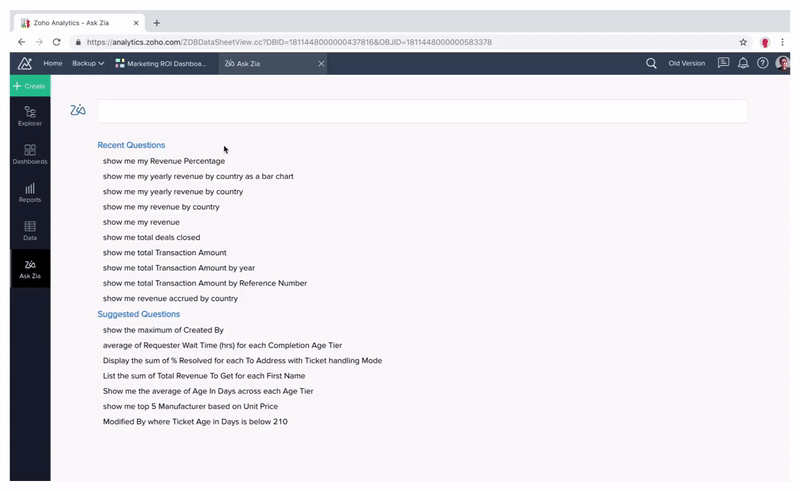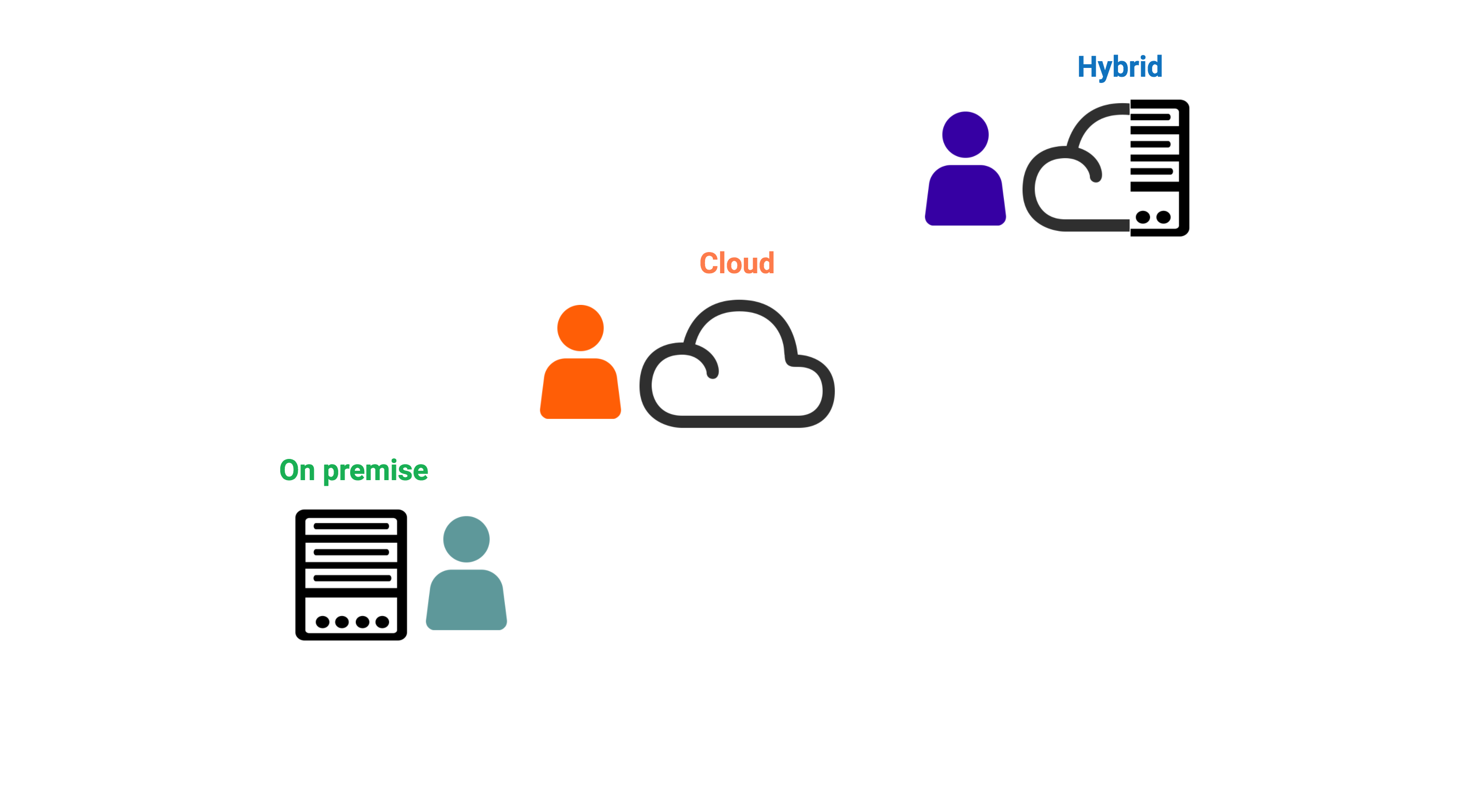The business intelligence (BI) universe is rapidly expanding as organizations swiftly adopt it to compete in today’s business environment. At this crucial juncture, we felt the need to identify the key BI trends that are impacting businesses. Here are the top 7 BI trends to watch for in 2020, curated by us.

#1 Augmented analytics
AI is on the rise and augmented analytics is about AI becoming an inevitable component of the BI workflow.

With a deeper understanding of the data, AI is redefining the way companies manage data today. It empowers business users with intelligent suggestions for modelling, cleaning, and enriching data. Powered by conversational analytics, business users can simply interact with the platform to perform precise analytics. Based on the analysis, AI guides business users with insights and suggested actions.
AI is powering the next generation of analytics for transforming organizations. BI platforms are heavily investing in AI to include it as an integral part of their offerings.
#2 Data preparation
When low quality data gets pumped into an organization’s information ecosystem, the system collapses, producing insights that cannot be trusted and actions that spell disaster.
Given this criticality, AI is emerging as the unanimous choice for preparing data. With AI stepping in, markets are witnessing a slew of capabilities such as:
The identification of data types and smart scalars.
Relationship identification and data modelling.
Data cleaning and transformation.
Enrichment suggestions.
Given the adverse effects of poorly prepared data, businesses and BI platforms are gearing up to strengthen their data preparation capabilities.
#3 Unified business analytics
Organizations are rapidly adopting multiple business applications to run their operations. In this setting, end-to-end insights have become crucial in decision-making. Unified business analytics takes data from various sources, blends it within a single BI platform, and performs precise analysis.
One example is a marketing team that runs campaigns across ad platforms, captures leads and tracks the conversions within a CRM application, and tracks payments within an accounting platform. To measure the ROI of the campaigns, data is blended from all three sources for analysis. This can be closely monitored with a dashboard like the one below.

With too many variables flooding into the market, understanding their direct and indirect impact on businesses is becoming a driving force behind unified business analytics. Be sure to check out the BI platform’s capability to perform unified analytics as it is gaining importance and relevance in 2020.
#4 Conversational analytics
Conversational analytics is all about business users interacting with an intelligent BI platform to derive powerful insights. This is empowering business users with limited or no knowledge of the data structures to perform precise analytics.
The illustration below is a search driven analytics interface that allows users to ask questions and extract insights in natural language.

These conversations are also voice-enabled where users can simply talk or chat with the assistants for insights. They can also understand multiple languages giving users the ability to perform ad hoc analysis on-the-go.
Conversational analytics is further bridging the gap between data and business users. Complex data sets are easily analyzed, thereby driving BI adoption among a larger group of business users.
#5 Insights
With the acquisition of data becoming easier and analytics augmented by sophisticated technologies, surely the business user has to infer insights from the analysis. Think again. Thanks to AI, insights are getting smarter.
With a deeper understanding of the data, AI keeps tabs on business processes and the associated changes. With these, the users are presented with a set of guided insights as the example below shows.

These guided insights empower business users to trigger or define the next course of actions right from the platform without toggling between applications to trigger or define them.
Organizations are greatly benefiting from guided and actionable insights and will continue to drive BI adoption moving forward.
#6 Embedded BI
Having understood the need for precise analytics and insights at every stage of the decision-making process, software and solution vendors began embedding core analytical capabilities into an application’s workflow.
Today’s business dynamics has taken embedded BI from a utility to a key aspect of decision-making. It demands precise analytics and insights delivered in context.
To accelerate the decision-making process, business users have begun to look for solutions that are UI or configuration-driven with minimum dependency on IT teams. On the other hand, developers have begun working on solutions that could be completed in a short amount of time. This is propelling the low code and no code movement in the BI industry.
#7 Ubiquitous deployment
Ubiquitous deployment is about making analytics and insights available everywhere. With decision-making happening in real-time, the need to consume analytics and insights in all forms and factors is emerging as a necessary requirement. This translates to analytics becoming compatible across platforms like on premise, cloud, and hybrid.
Software was initially designed to run on premise due to technology limitations. Then came SaaS and the advent of cloud catalyzed groundbreaking capabilities in the BI landscape. The cloud offers organizations powerful BI systems that require low or no maintenance.
Hybrid platforms are a combination of cloud and on premise, where data is stored on premise while powerful analytics and an immersive user experiences are offered on the cloud. The increasing popularity of private clouds is also driving adoption in hybrid platforms.
With the emergence of on-premise, cloud, and hybrid, BI cannot be restricted to a single platform. A good BI application should support the seamless cross platform movement of organizations based on business needs. These applications should also be scalable across platforms.

#Summary
With organizations recognizing its importance, BI vendors have begun to beef up their cross platform capabilities to storm the market in 2020. At the heart of the top 7 BI trends in 2020 is a truth: all the technologies work in synchronization to fulfil one purpose—empowering business users to take part in this BI revolution we are currently witnessing.
As one of the earliest adopters of the technologies discussed above, Zoho Analytics is an active contributor to this purpose. We have aligned our investments and resources with these trends and you can expect some exciting updates from us throughout 2020!
Sign up free for a Zoho Analytics account.
Watch our video on the top 7 BI trends in 2020!
Muy buena herramienta
Thank you!